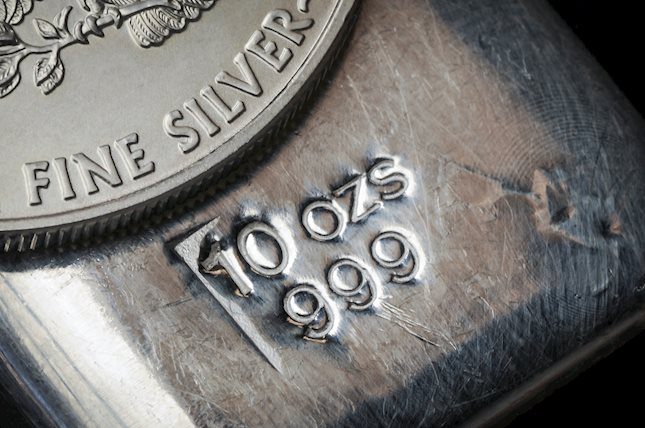- Silver prices have appreciated following Ukraine's launch of British Storm Shadow cruise missiles into Russia.
- Moscow has warned that using Western weapons to strike Russian territory far from the border would significantly escalate the conflict.
- Silver prices could face challenges due to a bleak outlook for the metal's industrial use.
Silver price (XAG/USD) retraces its recent losses from the previous session, trading around $31.00 during the Asian hours on Thursday. The rise in precious metal prices is attributed to safe-haven flows amid escalating tensions in the Russia-Ukraine war.
On Wednesday, Ukraine launched a volley of British Storm Shadow cruise missiles into Russia, marking the latest deployment of Western weaponry against Russian targets. This follows Ukraine's use of US ATACMS missiles the previous day.
According to a Reuters report, video footage posted by Russian war correspondents on Telegram showed black smoke rising in a residential area of the Kursk region, which borders northeastern Ukraine.
At least 14 large explosions were heard, most preceded by the sharp whistle of what sounded like incoming missiles. Moscow has stated that the use of Western weapons to strike Russian territory far from the border would significantly escalate the conflict.
However, Silver prices have been under pressure due to a bleak outlook for the metal's industrial use. On Wednesday, the People's Bank of China (PBoC) Monetary Policy Committee (MPC) decided to keep the benchmark interest rate at 3.1% for November. Higher interest rates in China, a major global manufacturing hub for electronics, solar panels, and automotive components, are expected to dampen industrial demand for Silver.
Furthermore, market expectations indicate that the incoming Donald Trump administration will spur inflation, which could slow down the Federal Reserve’s rate cut trajectory, thus exerting downward pressure on non-interest-bearing assets like Silver.
Silver FAQs
Silver is a precious metal highly traded among investors. It has been historically used as a store of value and a medium of exchange. Although less popular than Gold, traders may turn to Silver to diversify their investment portfolio, for its intrinsic value or as a potential hedge during high-inflation periods. Investors can buy physical Silver, in coins or in bars, or trade it through vehicles such as Exchange Traded Funds, which track its price on international markets.
Silver prices can move due to a wide range of factors. Geopolitical instability or fears of a deep recession can make Silver price escalate due to its safe-haven status, although to a lesser extent than Gold's. As a yieldless asset, Silver tends to rise with lower interest rates. Its moves also depend on how the US Dollar (USD) behaves as the asset is priced in dollars (XAG/USD). A strong Dollar tends to keep the price of Silver at bay, whereas a weaker Dollar is likely to propel prices up. Other factors such as investment demand, mining supply – Silver is much more abundant than Gold – and recycling rates can also affect prices.
Silver is widely used in industry, particularly in sectors such as electronics or solar energy, as it has one of the highest electric conductivity of all metals – more than Copper and Gold. A surge in demand can increase prices, while a decline tends to lower them. Dynamics in the US, Chinese and Indian economies can also contribute to price swings: for the US and particularly China, their big industrial sectors use Silver in various processes; in India, consumers’ demand for the precious metal for jewellery also plays a key role in setting prices.
Silver prices tend to follow Gold's moves. When Gold prices rise, Silver typically follows suit, as their status as safe-haven assets is similar. The Gold/Silver ratio, which shows the number of ounces of Silver needed to equal the value of one ounce of Gold, may help to determine the relative valuation between both metals. Some investors may consider a high ratio as an indicator that Silver is undervalued, or Gold is overvalued. On the contrary, a low ratio might suggest that Gold is undervalued relative to Silver.
Disclaimer: The information on this blog is for educational purposes only and should not be considered financial or investment advice. Trading involves high risk, and you should only trade with money you can afford to lose. Past performance is not indicative of future results. We do not guarantee the accuracy of the content and are not liable for any losses. Articles are sourced from FxStreet, and we do not take responsibility for any inaccuracies or opinions expressed.
 21-11-2024
21-11-2024